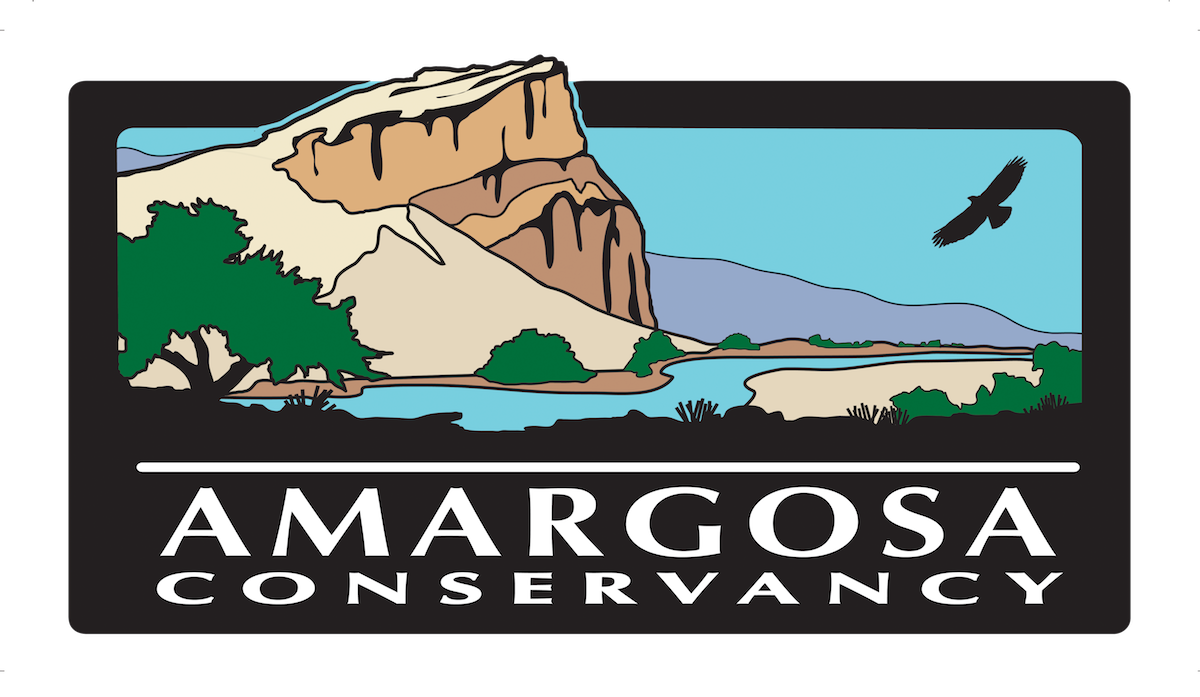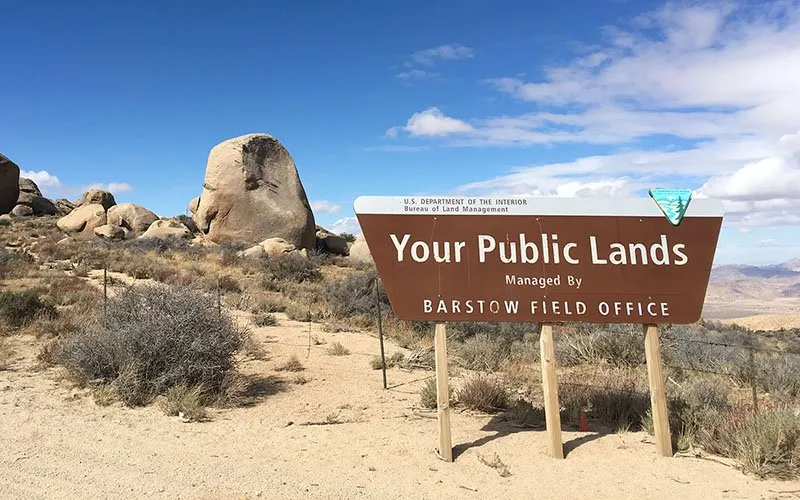By John Hiatt
In June of this year the Bureau of Land Management’s “Public Lands Rule”, also known as the Conservation and Landscape Health Rule was finalized, although the procedures and guidance on implementation are still a work in progress. The rule contains nine specific sections pertaining to management of the approximately 245 million acres of surface lands across the United States that the Bureau manages. The major impact of this rule will be to codify and spell out how the BLM will implement what is contained, but not so clearly stated, in the Federal Land Policy and Management Act (FLPMA), the Congressional Act that established the BLM in its present form. The purpose of the rule is to formally elevate the role of conservation actions to be equivalent to mining, grazing, recreation of any other “use” of the lands administered by the BLM.
The section of the Rule that has received the most public attention is the so-called “Conservation Leasing” provision. Formally this is referred to as “Restoration and Mitigation Leasing”. The details of just who will be eligible to be a lease holder and what “conservation actions” will look like are yet to be announced. However, it appears that the consumptive users of BLM land, such as grazing permittees, miners and right of way holders will be the main entities footing the bill for whatever conservation activities take place. While the rule was finalized in June of 2024 it appears that the intent is actually to begin implementation of the Rule in fiscal 2025, which starts October 1, 2024.
Another section of the Rule deals with land health standards. While the BLM has had land health standards for rangeland (grazing land) for many years, the new rule requires the BLM to “develop, review and amend national land health standards and indicators every 10 years for all ecosystems managed by the BLM”. It also requires the BLM to “conduct watershed condition assessments and land health evaluations for all BLM managed land every 10 years”. In addition, the rule also requires the BLM to manage “all program areas to achieve or make significant progress toward achieving land health standards. When a land health standards evaluation determines that an area is not meeting or making significant progress toward achieving land health standards, a causal factor determination must be completed within one year. If any causal factors are within BLM’s jurisdiction, the BLM must implement appropriate management actions to promote progress towards achieving land health standards, taking into account valid existing rights and existing priorities.” In view of the current personnel shortfall in the agency complying with this part of the rule will be challenging at best.
The section of the rule titled “Management Actions for Ecosystem Resilience” requires the BLM to “share watershed condition assessment data in a publicly available database, to meaningfully consult with Tribes and Alaska Native Corporations, and to identify opportunities for Tribal co-stewardship.” While the above instructions seem clear, they will take considerable time to implement and it remains to be seen how the BLM will manage documentation and data pertaining to lands management and health monitoring. The basic mechanism for putting the above (and more) into practice will be to incorporate all aspects of the Rule into the BLM’s Resource Management Plans (RMPs) as they are written, updated, revised, or amended.
It appears that the BLM will need to revise each RMP in order to incorporate and implement the new Public Lands Rule. The last RMP revision in Nevada that I am aware of was the Ely District RMP, completed in 2008. The Southern Nevada BLM District began revising its RMP in 2012, but abandoned the project in 2016, ostensibly because it was too complicated and difficult to accomplish with the limited resources available. In 2021 the BLM Nevada State Office announced that work would soon start on a statewide RMP. So far, there has been no action due to “lack of funding”. While RMP amendments are taking place as major projects are approved, such as solar energy farms, it is not clear just which parts of the rule will be included in the appropriate RMP, if at all.
John Hiatt is a long-standing member of Amargosa Conservancy’s board of directors.

